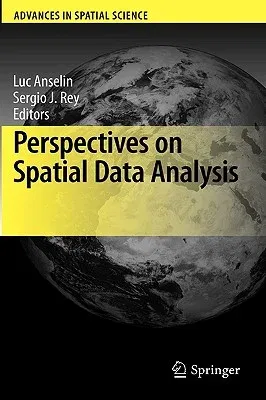Spatial data analysis has seen explosive growth in recent years. Both in
mainstream statistics and econometrics as well as in many applied ?elds,
the attention to space, location, and interaction has become an
important feature of scholarly work. The methodsdevelopedto dealwith
problemsofspatialpatternrecognition, spatialau- correlation, and spatial
heterogeneity have seen greatly increased adoption, in part due to the
availability of user friendlydesktopsoftware. Throughhis theoretical and
appliedwork, ArthurGetishasbeena
majorcontributing?gureinthisdevelopment. In this volume, we take both a
retrospective and a prospective view of the ?eld. We use the occasion of
the retirement and move to emeritus status of Arthur Getis to highlight
the contributions of his work. In addition, we aim to place it into
perspective in light of the current state of the art and future
directions in spatial data analysis. To this end, we elected to combine
reprints of selected classic contributions by
Getiswithchapterswrittenbykeyspatialscientists.Thesescholarswerespeci?cally
invited to react to the earlier work by Getis with an eye toward
assessing its impact, tracing out the evolution of related research, and
to re?ect on the future broadening of spatial analysis. The
organizationof the book follows four main themes in Getis'
contributions: - Spatial analysis - Pattern analysis - Local
statistics - Applications For each of these themes, the chapters provide
a historical perspective on early methodological developments and
theoretical insights, assessments of these c- tributions in light of the
current state of the art, as well as descriptions of new techniques and
applications.

